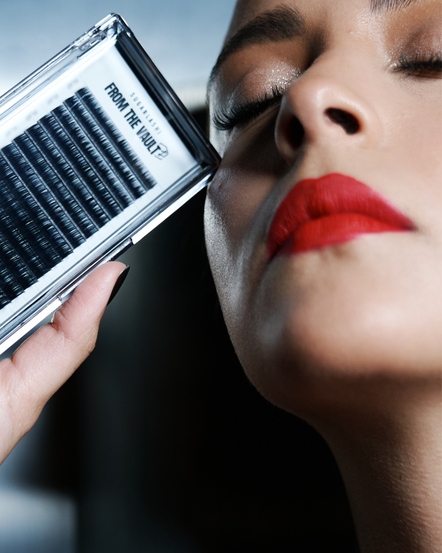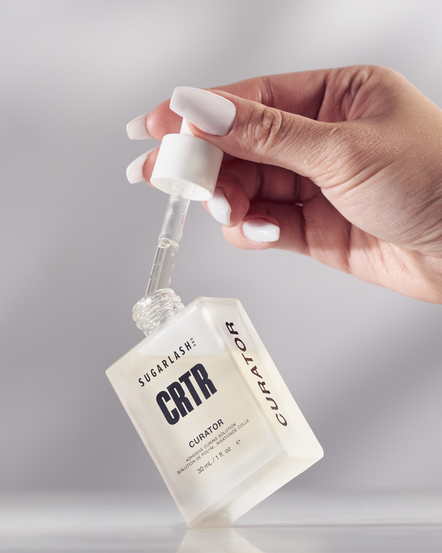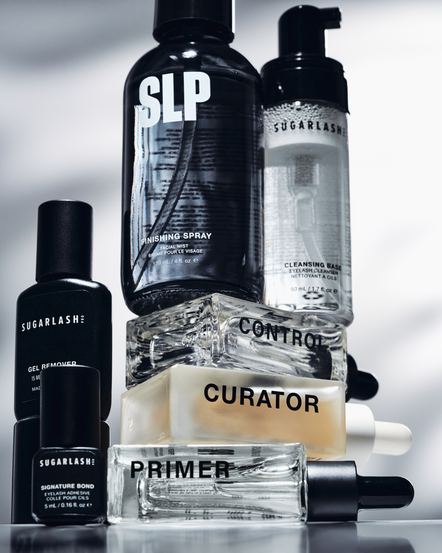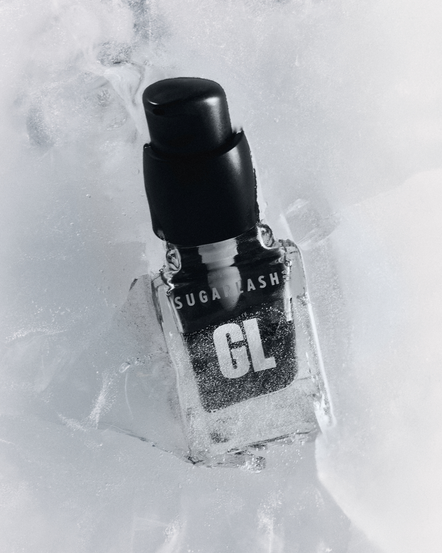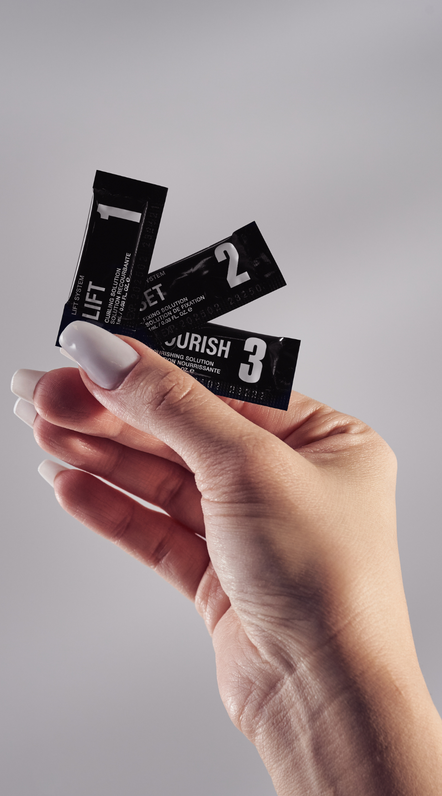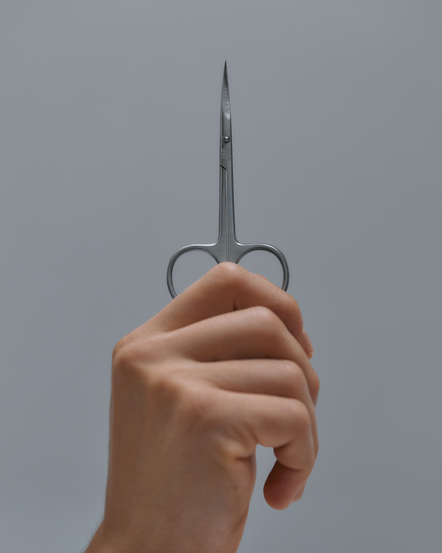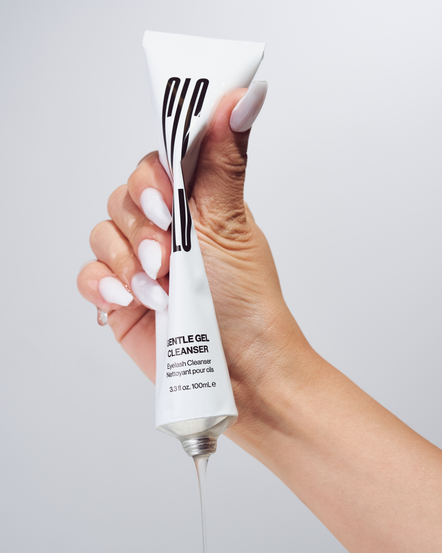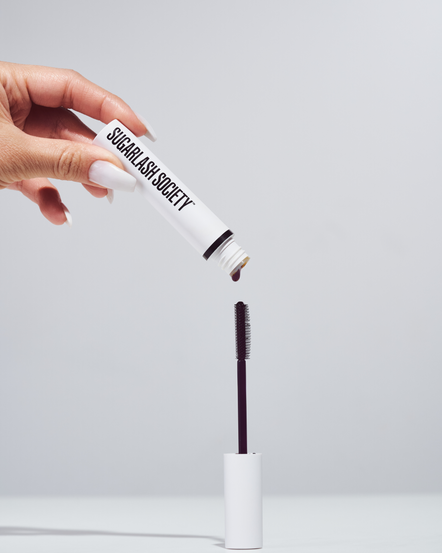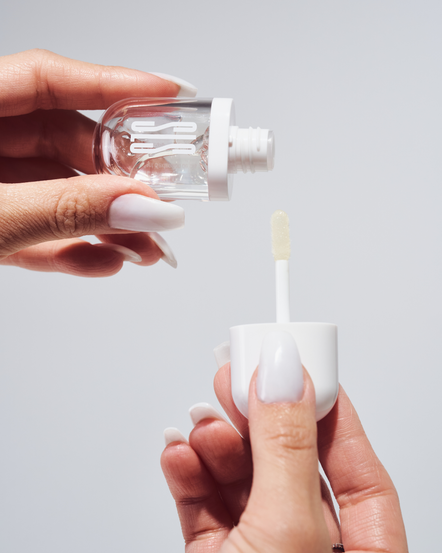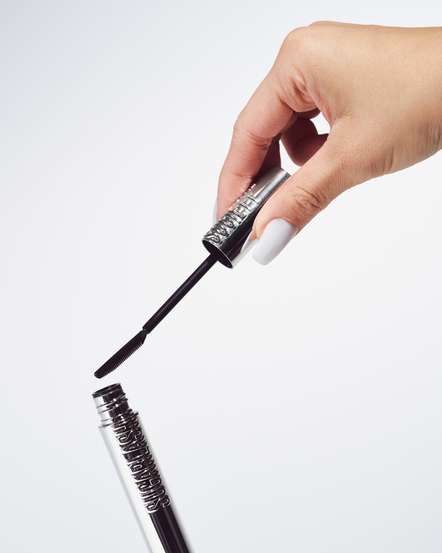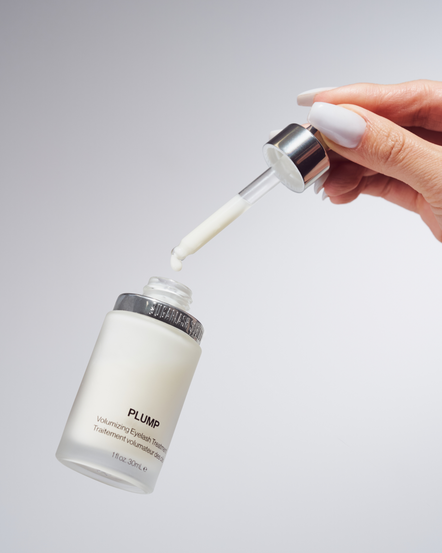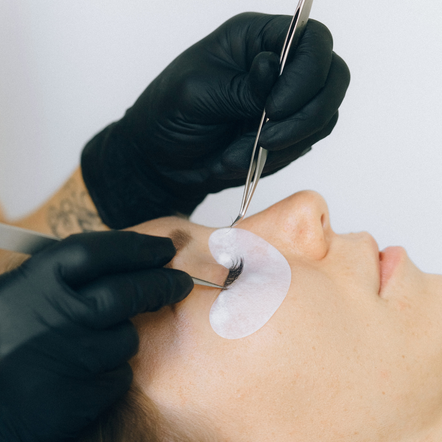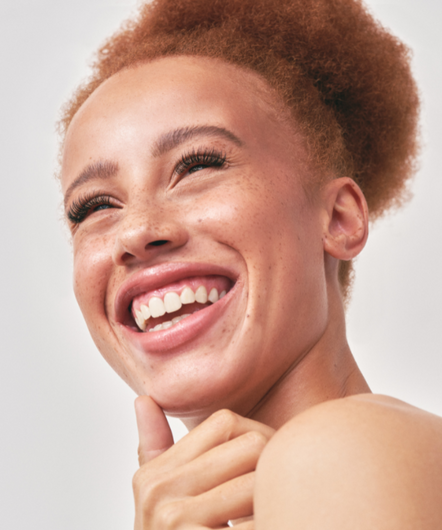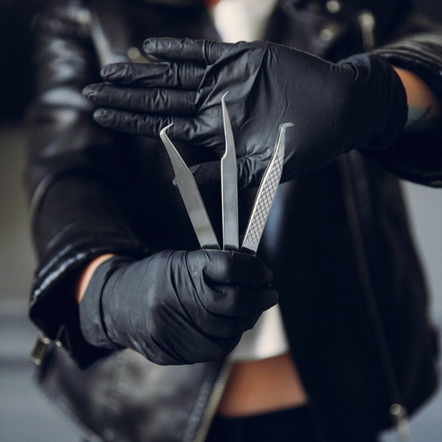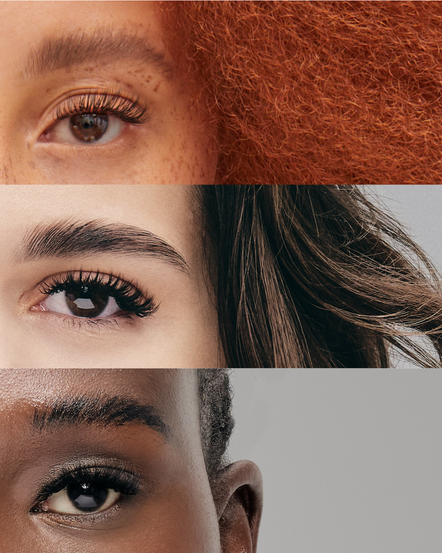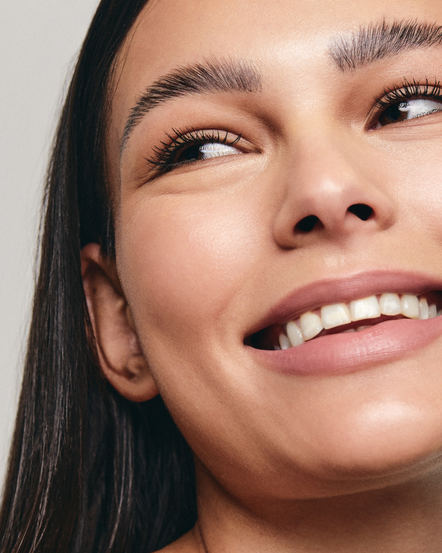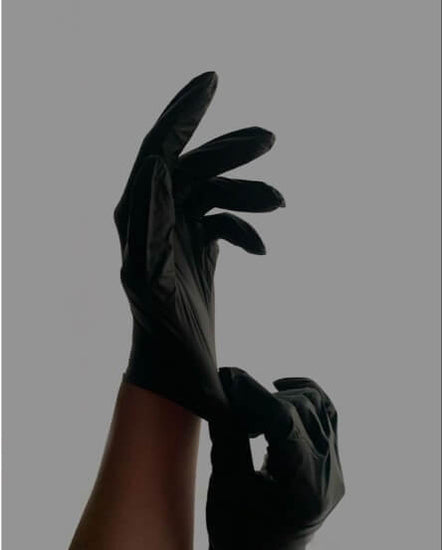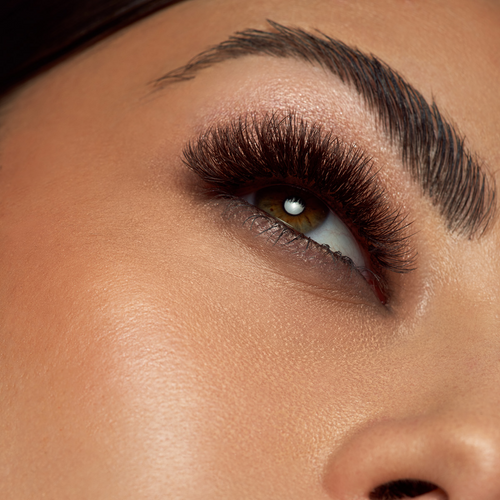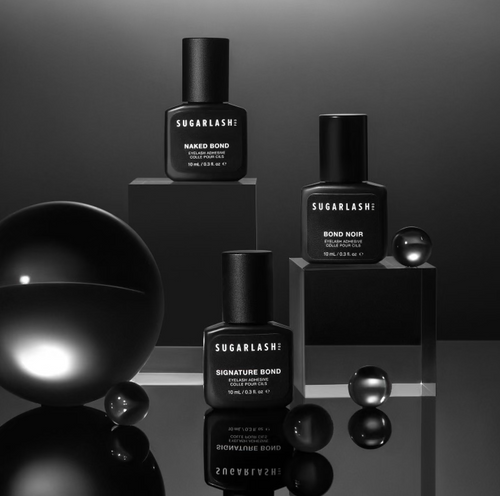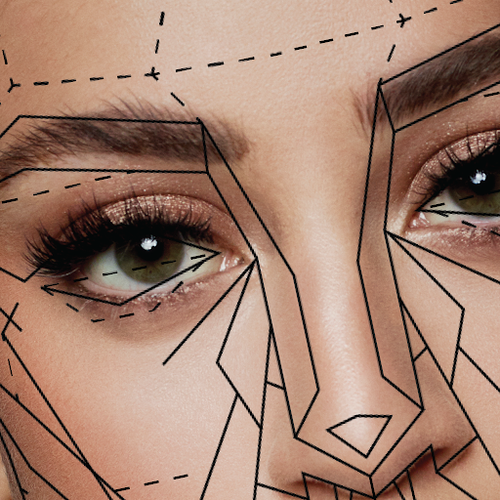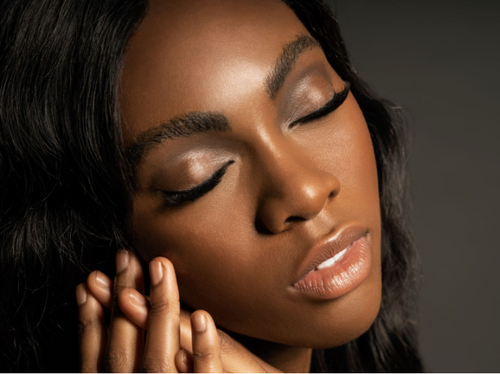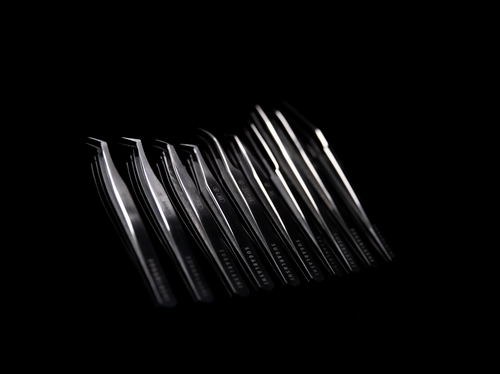Curl-tastrophy: a lash artist’s immediate regret at curl choice in their lash set—Yep, it’s a thing.
Have you ever found yourself questioning your styling and application once your client opens their eyes—wondering why the set didn't turn out the way you expected? You chose the perfect lash map, proper lengths and thicknesses, but still something went wrong? Raise your hand! This happens to the best of us, and whether you’re a seasoned lash artist or a newbie, you’re not immune to this dreaded event. A lot of times, improper curl choice is the problem. But thankfully there’s a solution. I have learned a few tips throughout my lashing career that have really changed my styling game and I share them with you now in hopes of preventing any future curltastrophies.

1. Use L+ on hooded eyes
I never—and I mean never—recommend using a D curl on a deep-set hooded eye. Not only does the curl disappear into and under the hood, but your client will most likely leave disappointed and comment that they can “barely see them”. Instead choose softer curls, or ideally, L or L +. The L series lashes have flat bases that extend into a tighter curl. These lashes will adhere well to the base of the lash, and extend out from under the hood, helping the eyes and lid appear lifted.
Here is our flat lashes products
2. Beware of the droop
Despite what she says, your client doesn't actually want a true cat eye. Why? Because more often than not, a “true” cat eye styling will create a heavy drooping effect on the client’s eyes. In true cat-eye styling, the longest lengths are placed on the outermost corners, but adding additional weight to these often fine, short lashes, will cause them to droop. If you run into this problem, I recommend tapering down the length on the very outer corner to prevent the appearance that the eye is drooping.
3. Mix up the D's
Question your decision to use D curl throughout the entire lash set—especially in the inner corner. Most of the time, the inner corner does not need the additional lift that a D curl provides. Instead, I would recommend transitioning from a softer curl, such as B or C curl on the inner corner, to a D curl as you move outward in the set. This will provide a more natural transition. Take that extra time to make sure you’re placing the right curl in the right place to give you your desired outcome. Don't be afraid to mix curls. Get creative!
Remember, one size, one curl, and one style doesn't fit all, so take your time, take loads of pictures, review your lash sets, and make changes when needed. You'll thank yourself for it in the end and so will your clients.
Happy lashing!
Tamra H (@privestudio)

